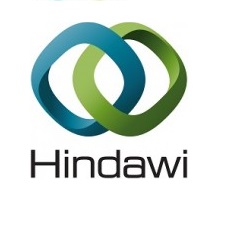Colorectal cancer (CRC) is the third most incident cancer worldwide. Most of CRC patients will develop distant metastases, mainly to the liver, and liver resection is the only potential chance for cure. On the other hand, only a small proportion of patients with hepatic CRC metastasis are candidates for upfront liver resection. Liver transplantation (LT) is an attractive option for patients with nonresectable CRC liver metastases (NRCLM) without extrahepatic involvement. Initial experiences with LT for NRCLM achieved very poor outcomes, with a 5-year overall survival (OS) lower than 20%. However, these initial studies did not have a standardized patient selection or neoadjuvant or adjuvant therapies. With recent advances in the surgical and medical oncology fields, the landscape has changed. Recent studies from Norway have shown an encouraging 5-year OS of 50% when transplanting patients with NRCLM. Nevertheless, the main concern when expanding the indications for LT is organ shortage. To manage this organ shortage, strategies utilizing live donor liver transplantation are gaining favor. A few ongoing trials are assessing the impact of LT in NRCLM patient survival. Therefore, the aim of this paper is to review the current status of LT for NRCLM.








